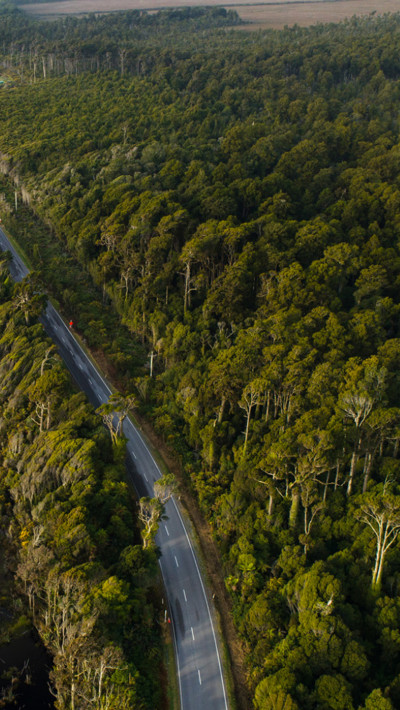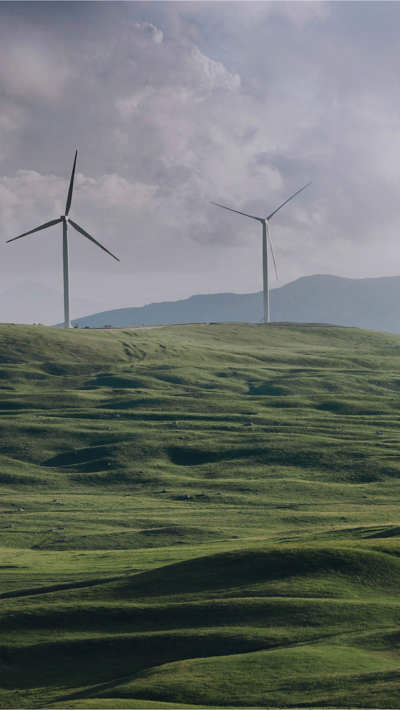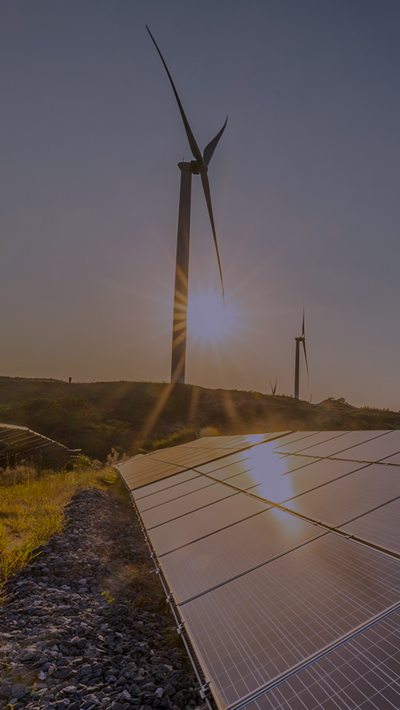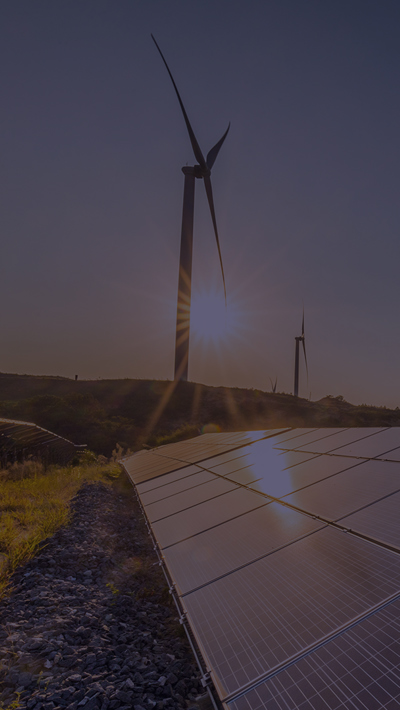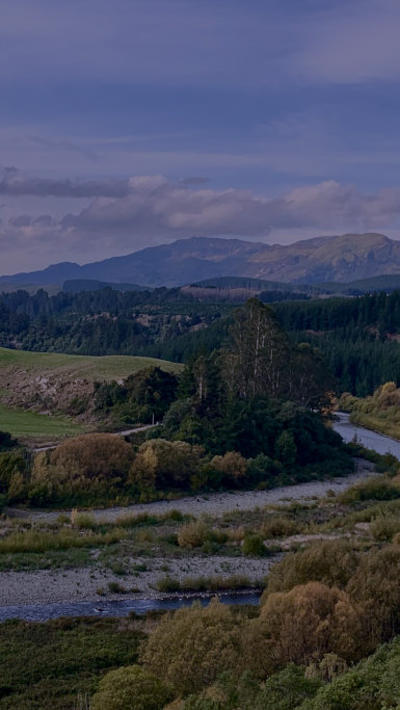Contents
The Climate Change Commission’s final advice to the Government steps up the ambition of its draft emissions budgets and doubles down on its conclusion that there are practical and financially feasible pathways to achieving them.
The clear message is that emissions reductions in line with New Zealand’s 2050 net zero target are achievable, but only if we get started now. The Commission places the cost of inaction at more than double the cost of transition.
The Commission demonstrates it has taken on board submissions from business, with adjustments made to its analysis in areas including natural gas distribution, the expected closure of Methanex, anticipated electric vehicle (EV) constraints and potential on-farm emissions reductions.
Coverage of the advice
The Commission is clear in its desire to give the Government a mandate for action:
We want to give the Government confidence to move quickly to make the most of new opportunities that could lead to deeper emissions reductions, and ensure uncertainty about the future does not stall or delay climate action further.
With that in mind, the Commission has produced a comprehensive report that demonstrates considered evaluation of the more than 15,000 submissions and outlines options for the path ahead.
In addition to the emissions budgets and its demonstration pathway, which are addressed below, the Commission’s advice addresses wider issues, including:
- new recommendations for the incorporation of Te Tiriti o Waitangi principles in emissions reduction policies and development of a Māori-led approach to an equitable transition for Māori and the Māori economy, and
- guidance on New Zealand’s proposed international commitments under the Paris Agreement – although it declines to go as far as Minister Shaw had hoped and squarely places responsibility on the Government for the revised international commitment expected for the international UN Climate negotiations in November.
Recommended emission budgets
The Commission has raised the first two emissions budgets in comparison to the draft advice (see table below). The increase in ambition has largely resulted from new emissions inventory data showing New Zealand’s emissions are higher than was understood at the time of the draft advice, as well as changes to modelling arising from additional work and information that was provided during the Commission’s extensive consultation programme.
Proposed emission reductions (compared to 2019 emissions)
| Draft Advice1 | Final Advice | |
| Budget 1 – 2022-2025 | 2% | 7% |
| Budget 2 – 2025-2030 | 17% | 20% |
| Budget 2 – 2031-2035 | 36% | 36% |
While acknowledging we have “a slightly harder job ahead”, the Commission remains confident that the negative impact on GDP can be contained at around 0.5% in 2035 and 1.2% in 2050. By comparison, the Commission’s new modelling suggests the costs of inaction would be higher, pushing the projected GDP impacts to 1% and 2.3% respectively.
This is one of the Commission’s key messages to the Government and early indications are that it has found a willing audience.
Demonstration of pathways to achieve emissions budgets
The Commission is clear that current government policies do not put New Zealand on a pathway to the required emissions reductions. As a result, it has prepared a “demonstration pathway” that identifies a variety of actions across many sectors that can reduce emissions across the three budget periods.
To acknowledge the inherent complexities in emissions reduction policies, the Commission has prepared two alternative pathways that accommodate varying levels of technological and behavioural change – the intention being to underline the mandate for action, even where there is uncertainty as to the potential pace and likelihood of innovation or behavioural change.
The final advice has been adjusted in response to submissions and changes to underlying assumptions. For example, it has shifted the projected closure of Methanex from 2029 to 2040 and provided more nuanced modelling of emissions changes and potential closure of other large industrial operators.
It has also adjusted the cost and pace of transition in some sectors, including providing for greater ambition on the emissions reductions obtainable through waste, reduced expectation of EV uptake in the early budget periods due to expected supply constraints and reduced expectations of on-farm emissions efficiencies.
The final advice identifies numerous policy recommendations for emissions reduction across all sectors of the economy. We set out some of the recommendations and modelling across the key sectors below.
Commission’s key recommendations, modelling and assumptions
Transport
- The Commission’s advice still places heavy reliance on the electrification of transport. Modelling proposes that 36% of the light vehicle fleet will be EVs by 2035, and 50% of light vehicle imports will be EVs from 2029. The Commission recommends no further ICE light vehicles imports from 2035.
- The Commission proposes policy development to:
- increase modal shift to walking, cycling and public transport
- reduce demand for travel (for example through smarter urban form and increased working from home)
- increase use of rail and coastal shipping for freight, and
- support electrification and low emission fuels for aviation and shipping transport from 2030.
- The Commission’s modelling suggests petrol costs will rise by 30 cents/litre by 2035.
Energy, industry and buildings
- The Commission’s advice continues to anticipate major expansion of electricity demand in light of electrification of transport and process heat. It proposes the Government develop an overarching Energy Strategy, as well as specific strategies for those industrial operators that cannot readily switch to low emission technologies.
- The Commission suggests replacing the Government’s 100% renewable electricity target, considering that an aspirational target of 95-98% renewable electricity generation by 2030 is sufficient.
- In relation to gas, the Commission has stepped back from its draft advice recommendation of no new gas connections from 2025, but still considers that a deadline should be set. It just requires greater consideration, including in relation to alternative fuels and impacts for gas infrastructure assets.
Agriculture and forestry
- The final advice sets slightly lower reductions in biogenic methane by 2030 and sidesteps the issue of whether there should be a pricing mechanism of biogenic methane, saying it is a matter for government decision in 2022 and also subject to separate Commission advice.
- The Commission has maintained its conclusion that biogenic methane reductions can be achieved via existing farm management practices rather than relying on new technology (e.g. feed efficiencies, and stocking rates).
- The Commission still sees a considerable but declining role for exotic forestry and has recommended changes to the Emissions Trading Scheme (ETS) to prevent over reliance on exotic forestry whilst encouraging permanent indigenous forest sinks.
Waste
- The Commission proposes emissions in the waste sector through:
- increased policy focus on the circular economy
- diversion of organic waste from landfill, and
- expansion of landfill gas capture programmes.
Appetite and timeline for Government action?
So far, the Commission seems to have the Government on board. The Prime Minister said the Government would take the Commission’s report away and prepare an Emissions Reduction Plan (ERP) for presentation to Parliament. Climate Change Minister James Shaw has said that over 30 government departments are currently working on different aspects of the ERP. The ERP must be gazetted by 31 December but the Government will need to be prepared by November if it is to be debated before the House rises for Christmas, and Minister Shaw has indicated key policies will be set by October.
In advance of the ERP, it appears likely that there will be government action to gazette the budgets and confirm New Zealand’s revised Paris Agreement commitments. While the former is expected to be largely consistent with the Commission’s advice, the latter is likely to become politicised and will be scrutinised in the same way that prior judicial reviews have challenged Ministerial decisions regarding New Zealand’s Paris Agreement commitments.
Quick links
Ināia tonu nei: a low emissions future for Aotearoa
1 Note: the Draft Advice figures were based on 2018 averages and using a different accounting methodology, so are not directly comparable.




